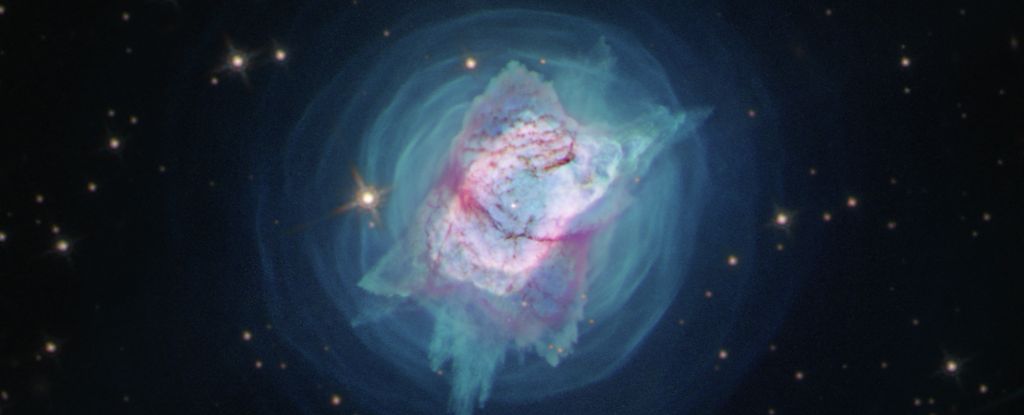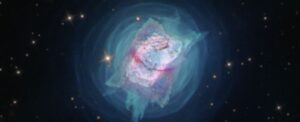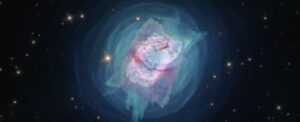
A team of physicists has successfully reproduced the first chemical reactions that occurred shortly after the Big Bang. Led by Florian Grussie from the Max Planck Institute for Nuclear Physics (MPIK) in Germany, the researchers focused on the formation of the helium hydride ion (HeH+), a crucial molecule in the early Universe.
This groundbreaking experiment sheds light on the processes that ultimately led to the creation of molecular hydrogen (H2), the most abundant molecule in the cosmos and essential for star formation. By recreating conditions reminiscent of the early Universe, the team has provided valuable insights into how the Universe evolved from its initial chaotic state.
Understanding the Early Universe
Approximately 13.8 billion years ago, the Universe existed as a hot, dense mixture of fundamental particles. It took around 380,000 years for these particles to cool sufficiently for atomic formation, leading to the creation of the lightest elements: about 75 percent hydrogen and 25 percent helium, with traces of lithium. Hydrogen remains a dominant component today, fueling clouds of molecular gas that give rise to stars and heavier elements.
The helium hydride ion (HeH+) is believed to have played a pivotal role in the cooling of the Universe. Its unique characteristics, particularly the significant separation between its positive and negative charges, allowed it to effectively dissipate heat. This process facilitated the contraction of molecular clouds, enabling them to collapse under their own gravity and ultimately form the first stars.
Experimental Insights
The researchers conducted their experiments at the MPIK’s Cryogenic Storage Ring, a facility designed to simulate deep space conditions at temperatures just above absolute zero, around -267 degrees Celsius (-449 degrees Fahrenheit). They meticulously studied interactions between HeH+ and deuterium, a hydrogen isotope with one additional neutron.
Through these interactions, HeH+ and deuterium produced a neutral helium atom and a molecule consisting of one neutral hydrogen atom and one charged deuterium atom (HD+). This reaction occurred at energy levels lower than those of the original components.
To assess the impact of temperature on the reaction rates, the team fired two beams of particles: one containing HeH+ molecules and the other neutral deuterium. By adjusting the velocity of the beams, they created different energy levels to simulate varying temperatures. Surprisingly, the reaction rate remained consistent, indicating that HeH+ maintained its significance in the early Universe, regardless of cooling.
Physicist Holger Kreckel from MPIK stated, “Previous theories predicted a significant decrease in the reaction probability at low temperatures, but we were unable to verify this in either the experiment or new theoretical calculations by our colleagues.” This finding suggests that the reactions of HeH+ with neutral hydrogen and deuterium were more crucial to early Universe chemistry than previously understood.
The implications of this research extend beyond academic curiosity. By enhancing our understanding of the early Universe, it contributes to the broader narrative of cosmic evolution and the origins of the stars that populate our sky today. The study has been published in the journal Astronomy & Astrophysics, marking a significant step in the exploration of the fundamental processes that shaped our Universe.






